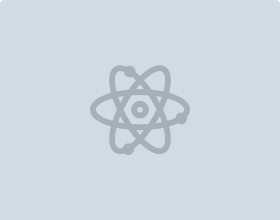7/12/2016
Photoinitiators are useful compounds that when added to a formulation convert light energy into chemical energy. Photoinitiators are widely used in adhesives and sealants, powder coatings, wood coatings, clear coatings, pigment coatings, composites and inks. When photoinitiators absorb light they produce reactive species that are able to initiate or catalyze chemical reactions. These chemical reactions can be used to change solubility or other physical properties.
The process of photoinitiators absorbing light and turning a liquid into a solid is called Radiation Curing. This creates a chemically and physically resistant coating that is formed by an insoluble crosslinked polymer network. This process is initiated using either UV/EB curing or LED curing. Benefits of radiation curing include:
- Able to cure at lower temperatures
- Limits amount of VOCs
- Faster than thermal curing
- Offers more control over curing process
The two most common types of photoinitiators are Free Radicals and Cationic.
Free Radicals
Free Radicals are the most widely used photoinitiators and have a strongly developed product line with many different applications. Free Radicals are usually used within styrene-based or acrylate-based formulations for polymerization.
Free Radical Photoinitiators can be divided into two classes.
Type I: Photoinitiators experience a unimolecular bond cleavage to make free radicals. Includes:
- Acylphosphine Oxides
- Alpha-Aminoalkylphenones
- Alpha-Dialkoxyacetophenones
- Alpha-Hydroxyalkylphenones
- Benzil ketals
- Benzoin ethers
Type II: Photoinitiators experience a bimolecular reaction to make free radicals. Includes:
- Anthraquinones
- Benzophenones/amines
- Thioxanthones/amines
Cationic
Cationic are often used for formulations with epoxy or certain resins. When a cationic photoinitiator absorbs UV light it is converted into either a Lewis or Bronsted acid which begins the polymerization. Cationic photoinitiators can continue curing after being exposed to the light and is unaffected by oxygen. This allows for highly efficient curing times and can be an advantage over free radicals during the photopolymerization process. Using cationic photoinitiators for epoxy coatings typically provides strong adhesion, high gloss, clarity, and resistance to chemicals and abrasion.
Cationic photoinitiators are widely used in printing Ink and overprint varnishes such as can coating, industrial metal coating, coil coating, packaging, glass hard coat, optical fiber coating, nail coating. Cationic photoinitiators are ideally suited for these coatings due to their low shrinkage after polymerization, superior adhesion, high chemical resistance and no oxygen inhibition.
Photoinitiators offer a lot of advantages to the curing and formulation processes. Their versatility of attributes and applications make them highly useful products. Aal Chem has well developed supply chains, and can offer competitive pricing with strong technical assistance. If you have any questions about photoinitiators or would like literature, samples, or pricing, please contact us.
